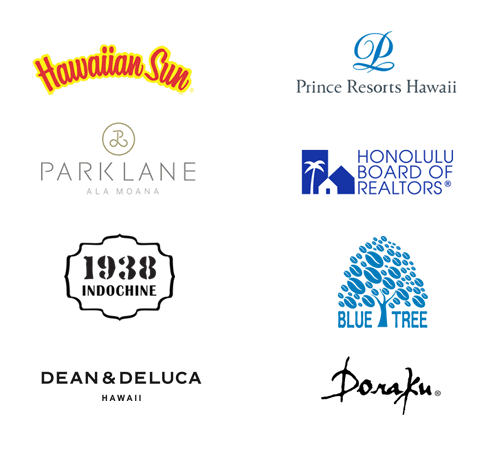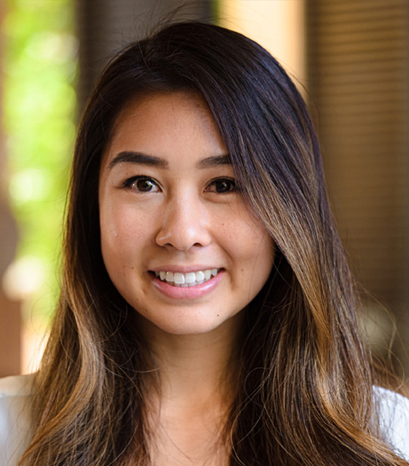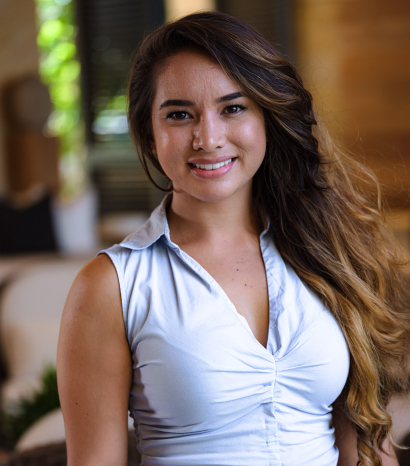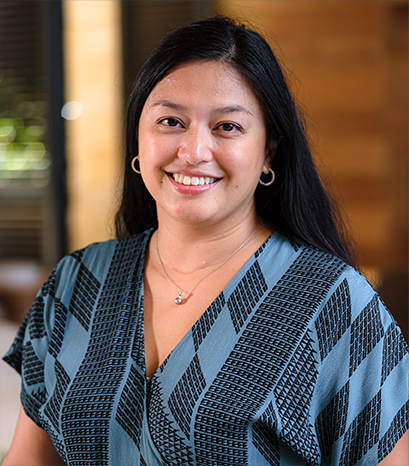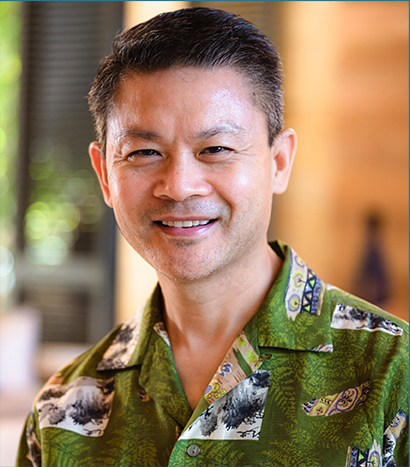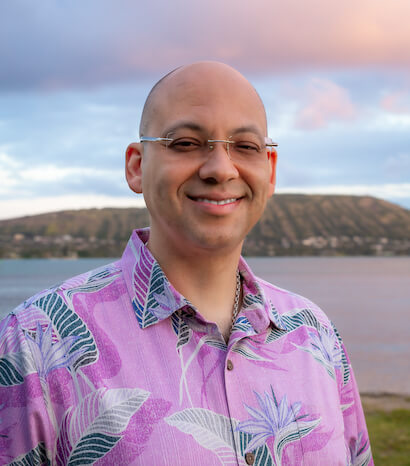
Dr. Cedric Strong, MD MBA
INTERNAL MEDICINE
Dr. Strong was always inspired by his father, a doctor who also sought to help and serve his community.
After completing his residency at Tufts University in Massachusetts, Dr. Strong worked at hospitals in Florida and New Hampshire before moving to Hawai’i in 2007. (He still wonders how he made it through all those harsh New England winters.)
Dr. Strong experienced the unique pressures of Hawaiian healthcare right away. He traveled between the islands for several years treating patients before putting down roots in Honolulu. Dr. Strong loves his work in Hawaii, and is inspired everyday by the place and people to make a positive difference both in his own life and in the community.
Rosacea
Rosacea is a skin condition. In fact, it is a very common inflammatory condition. It causes flare-ups of areas on the face, usually cheeks. It usually subsides in a few days. This skin condition often affects middle-aged people. However, there are rare cases in children. Additionally, women are more affected than men.
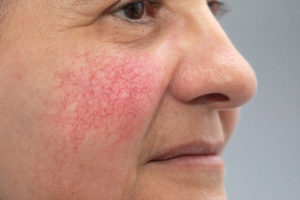
Lighter-skinned people are more affected by rosacea than dark-skinned people. Rosacea skin condition is not contagious. It does not spread easily from person to person.
People with rosacea get small red bumps or flushing of the face. Commonly affected areas are, for example, cheeks, nose, and forehead. But it can also develop on the chest, neck, and ears as well. If it affects the cornea of the eye, the condition can quickly become serious. When it affects the eye, seek immediate medical attention.
Overview of common symptoms
Rosacea presents itself in many ways.
- Flushed feeling in the face (it would look like you’re blushing). Usually, this is the first symptom to occur. The onset is slow and may take years to progress.
- Parts of the face take on a reddish tinge, causing it to look like sunburn as a result.
- Your face may break into small cysts called pustules or small lumpy red spots called papules. Mostly they go away on their own but may require treatment in some cases.
- Telangiectasia is the condition when tiny blood vessels appear prominently on your face.
- In about half the cases, symptoms related to the eye may present themselves. Such as a feeling of something in the eye or itchy/burning or stinging eyes or dryness. Light sensitivity, inflammation of the eyelid or cyst formation are also symptoms as well.
- If the front of the eye gets inflamed, seek medical attention right away.
- On rare occasions, skin becomes thickened in some places. An unsightly bumpy nose rarely occurs in men.
- The affected areas include the skin on your cheeks, forehead, nose, and around your mouth and chin. It is very rare for arms and legs to become affected.
- In most cases, people do not experience pain or feel itchy. Sometimes, they may feel a mild burning sensation in the affected areas. Complications are rare, even if the condition can look bad and stressful.
Some people may get a set of the above-mentioned symptoms while others may present with only one or two of them. Spots appear in most cases but some cases may not have spotted at all. You can get a large bumpy nose even without other symptoms. Occasionally eye symptoms present themselves before other symptoms.
Causes
It is unclear what triggers this condition. Some factors that are suspected to cause rosacea are, for example:
- Inflammation caused by abnormal reactions of the immune system
- The condition may be genetic and run in families
- Abnormal or leaky blood vessels under the affected skin
- Damage to the skin because of excessive sun exposure
- Usually, a tiny mite that lives harmlessly on our skin is found in large numbers on those with rosacea. The name of the mite is Demodex folliculorum.
- Similar symptoms to rosacea arise when steroid creams have been used for a long period.
Diagnosis
It is a straightforward diagnosis in most cases based on visible symptoms. However, doctors may sometimes request a blood test. This is to rule out the presence of any other condition, an underlying cause. An underlying cause such as systemic lupus erythematosu.
Treatment
While there is no preventive measure or cure for rosacea skin condition condition, some treatments can help you manage the symptoms. They can vary from person to person, based on the severity of symptoms.
General measures
- Avoid excessive exposure to direct sunlight. Always use sunscreen on the face before stepping out in the sun. Use one with SPF 30 or higher along with other protective gear, for example, a wide-rimmed hat.
- Avoid using steroid creams unless directed to do so by your doctor.
- Choose a hypoallergenic moisturizing cream. Pick one that is not perfumed and is not greasy if you have very dry skin.
- Using electric razor instead of a manual one with blades help men manage symptoms better. It is best to avoid using substances and creams that may sensitize your facial skin.
Treatment for rosacea red face and broken capillaries
Avoid using strong cleansers that contain acetone or alcohol. Similarly, avoid oil-based makeup. It is often sold under the garb of being waterproof. Additionally, avoid strong insect repellents and perfumed sunscreens. Conceal Erythema and telangiectasia using camouflage creams.
Laser therapy
A laser with a particular wavelength destroys tiny blood vessels. These blood vessels are right under the skin. Yet, it does not cause damage to the nearby tissue. Some people have reported this to be effective in the removal of telangiectasia. Additionally, it improves erythema.
Treatment for rosacea spots and cysts
No proven bacteria trigger the onset of rosacea. Perhaps because some antibiotics work not only by killing the bacteria but by bringing down the inflammation. If you only have a few small spots, you could treat it with a rub-on ointment called metronidazole.
It is important to finish the course of antibiotics as instructed by your doctor. For some, it may take 12 weeks of antibiotics to get rid of cysts and spots. Rosacea skin condition may reoccur and is managed using precautions. Precautions can include applying the dose of the topical antibiotic cream periodically. One may need repeated courses of the treatment if the condition is persistent and problematic.
Treatment for rosacea eye problems
Eye symptoms are rare and when they do occur, may not warrant any treatment. For example:
- Make sure your eyes do not become excessively dry. Using artificial tears will help.
- A routine to ensure good eyelid hygiene will minimize chances of inflammation of the eye.
- If the symptoms become problematic, a course of antibiotic medicines may be prescribed.
- You may need to consult a specialist if your condition becomes severe or painful. This is extremely rare and steroid drops may be prescribed to treat it.
Treatment for rosacea nose
In rare cases, particularly among men, thickened skin around the nose can cause it to become big, unsightly, bumpy. Rhinophyma is the name of this condition. In such conditions, surgical or laser treatment works well.
Prevention
In conclusion, avoid exposure to excessive heat or cold and performing strenuous exercise. Additionally, avoid eating spicy food, being in stressful situations, and sun exposure. Some people have reported eating tomatoes or peppers aggravates their symptoms. Try to eat a balanced diet, consume small amounts of alcohol and avoid smoking.
TelaPets offers medical teleadvice/teletriage with a Hawaii veterinarian, at a time that’s convenient for you. Set up a telemedicine appointment for your pet using TelaPets and get quick help now!
Meet some of our doctors and experts
Here are some of the conditions we treat:
Questions regarding treatment? Contact us! We're here to help.
ALL MAJOR INSURANCE ACCEPTED
Visit with a board-certified Hawaii doctor online or by phone.

Here’s what people are saying
Kaimani
North Shore, Oahu
![]()
"I thought the whole process was pretty cool. To be able do this all on the phone instead of wasting an hour or two to see my doctor and wait all that time to speak with my doctor for only 5 minutes. The best part was I didn't feel rushed either during the video consult. The doctor really took her time speaking with me and more so than my regular doctor would have the time to do so with me.
Susan
Manoa, Oahu
![]()
This was so convenient for me and my family, especially since we are traveling and this saved me a trip to Urgent Care, who knows how long that could have taken. I appreciate how prompt the doctor and the staff were with contacting me.
Meliana
Lahaina, Maui
![]()
This was so great for my Dad to use as he is visiting from another country and he doesnt have health insurance. For something as simple as an earache, we didn't have to spend so much money on a quick doctor's visit. Plus the doctor was able to help my Dad sooner than our scheduled appointment!
Nalu
Mililani, Oahu
![]()
"Everything was very helpful from the initial call down the getting my prescription. I wish I could take this service back home with me to Canada!"
Allie
Lahaina, Maui
![]()
The whole experience was super fast! That was thee fastest appointment I have ever had, especially for something as simple as a prescription refill. Plus I had to pick my son up for school.
Nicki
Kapolei, Oahu
![]()
The fact that I was able to do all of this without getting out of my bed. From the time I made my appointment to hearing my prescription is ready, its been less than 1 hour.
Kawika
Aiea, Oahu
![]()
Video consult was my favorite part. I've never done a telemedicine visit before and it was cool. I can really see this being great for people with busy schedules, not to mention there is nothing like this in Hawaii yet.
Salesi
Lihue, Kauai
![]()
"Convenience from the comfort of your own home. Some times it can be a hassle getting out of house when you're already not feeling well to see your doctor, or even just to get a refill. But this is a very convenient service."
Andrea
Kailua, Oahu
![]()
"Just being able to do it at home and ON TIME was great, because I didn't have to spend the time to commute and spend time in the waiting room to MAYBE see my doctor at my scheduled appointment time. The doctor called me as soon on the dot of my appointment time."
Puka
Waimea, Big Island
![]()
The best part was definitely seeing the doctor on the video call. It is comforting as a patient that there is a real doctor on the other end laying eyes on me and the symptoms I could be having.
Chris
Kona, Big Island
![]()
"The doctor was great and took his time explaining my symptoms and treatment! Actually the whole experience was fantastic! I can't believe how efficient you guys are. It hasn't even been 30 minutes and I've already been contacted by pharmacy that my prescription is ready. This was great. I would definitely use this service again and highly recommend to others!"
We're trusted by local individuals and organizations.
